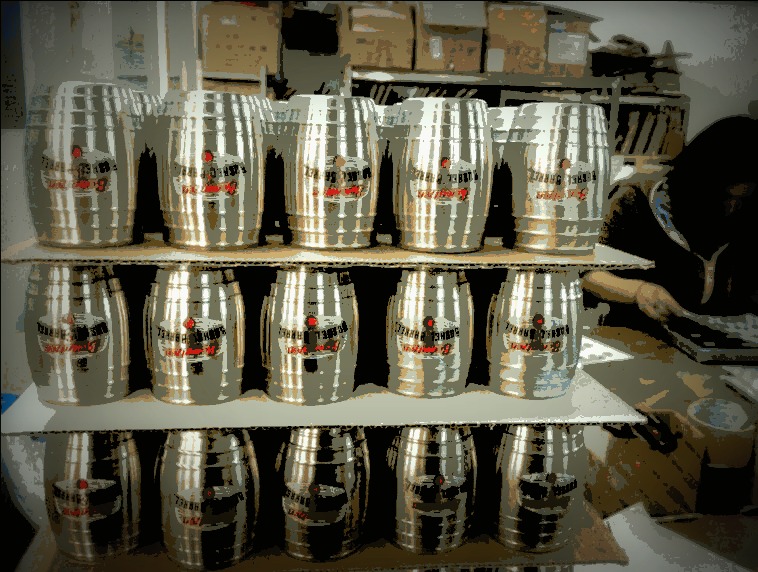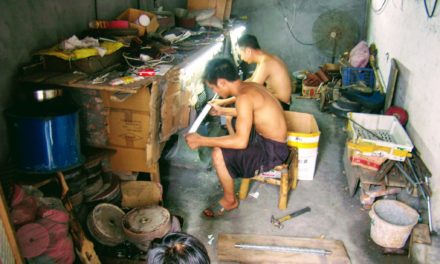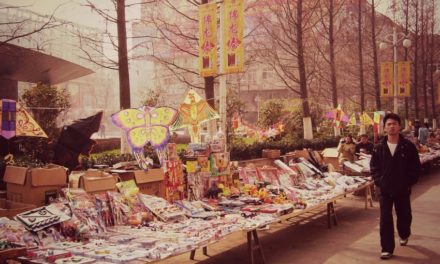Here are some refreshers on your quantity request when sending in inquiries to vendors in China sourcing. Your initial inquiry sets the stage for supplier buyer interaction. The quantity request portion of your inquiry is a vital part of that inquiry. This may not be the most exciting post…come to think of it, none of my posts are that exciting.
Make quantity a vital part of all your RFQ’s
Including the possible order quantity should be 2nd nature when sending a request for quotation to any supplier.
Don’t assume that if you don’t include the possible quantity that the supplier will know to quote minimum order quantity. It’s possible the supplier will just quote the MOQ, but I disagree with this approach and here are a few reasons why:
- Not including the quantity you may order is just sloppy and shows you weren’t serious on the possible business. It shows someone just shopping a quotation.
- Supplier’s aren’t wild about only quoting minimum order quantity, so they subconsciously may not assume you want the MOQ. They will send you a response email asking for the quantity. Then you just lost day in playing email pingpong on something that should’ve been included on the initial RFQ. If you don’t mind losing a day, then knock yourself out…
- You didn’t include the qty in your RFQ. Supplier quotes MOQ. You come back and say, “I needed a higher qty scale” (which was somewhat higher than MOQ), but now the price break isn’t what it would’ve been if you would’ve asked for that in the first place. The supplier has negotiating boldness to keep that price padding on there. Does that make sense? It’s not absolute, but a possibility.
Don’t be super high in your initial request…even if the possibility is there
I see this happen in the promotional product industry and with new product developers.
Here is what frequently happens and even more so when it’s a buyer contacting a supplier they’ve never worked with before.
There’s a super high possible quantity inquiry.
The supplier quotes.
The buyer comes back and says 1 of 2 things:
- They need to start out with a test run and thus have decide to just order a much smaller run. It goes to a very large possible order to “we now need the MOQ”.
- The buyer comes back and says “their buyer” wants to order less but will order much more later on.
Either way, you can hear the motivation spurting out of the supplier like air from a balloon. Especially if a lot of leg works already been put in on the job; quoting, sampling, resampling.
“So what, things change, why is this a bad thing?”
After thinking there was a large project on deck, your supplier loses their edge and your integrity takes a hit.
Also, when you ask for that MOQ, after weeks of going on the high-possible quantity, the MOQ price will now be higher than it should be. The supplier will try to keep more margin than normal in that, to make up for the crushed expectations and wasted efforts.
The moral of this story, is, even if the very high quantity is possible, go lower in the beginning.
Instead of only requesting the high number in your RFQ, ask for a reasonable scale, and let the supplier know that the final quantity could be even higher.
In the first portion above, I said that if the supplier quotes low and you end up going higher, that could hurt your price break. That’s true when in the lower scale realm, but when you’re in those much higher scale brackets, it’s a bit less likely.
- Ask for a scale and tell the supplier it could be even higher later on.
- Perhaps give indication that you will EXPECT a break.
- When you do finally reveal the large quantity, have a target price in hand and inform the supplier this is the figure you need to hit.
Also, even if there’s a solid possibility of a super-high quantity and you’re close to ordering, when you give that astronomical number on the initial inquiry, the supplier’s don’t spend much time taking it seriously until they know you or are sure of the inquiry.
For example, we’ve brought a very high quantity request to a vendor before, they quoted, we confirmed.
They came back and said they have to refigure the price.
“Why?”
“We didn’t think you were serious about that quantity”.
You see my point?
Quantity scales…keep balance
Avoid the quantity scale two-step. This usually looks like whenever a vendor receives an inquiry and their eye drifts to the quantity request and it looks like they’re reading something from the Matrix.
100 / 200 / 300 / 500 / 1000 / 1500 / 2000 and on and on.
This is no exaggeration; buyers send quantity scales but don’t keep balance (pun intended) when it comes to the request. Too many scales show a lack of seriousness or either your demonstrating to the supplier that you haven’t a clue what the order could be like.
Be precise as possible in your communication with your Chinese vendor. Even when it comes to order quantity in your RFQ, be as exact as possible.
I realize that many entry systems and end-users’ systems require entry in multiple scales and that’s something you’ll need to deal with on your own. But reduce the number of scales you get from the vendor and for the remaining scales, you can actually do something wild called “educated estimation” when it comes to the pricing.
Suppliers give price breaks but they don’t give price breaks for every little incremental decrease that you can think of. Learn more about your product and business and in turn, you’ll be able to get the necessary quantity scales from your vendor and fill in the blanks on the rest. This will help you avoid what I call watering down your RFQ.
Be precise as possible in your communication with your Chinese vendor. Even when it comes to order quantity in your RFQ, be as exact as possible. It’s my belief and years of experience tell me, that a buyer only has so many “do over” cards in quote and sample corrections.
Once there’ve been a certain number of do overs and corrections, the project gets messy.
Records become fuddled, info lost and the supplier starts dipping in their own professionalism and motivation.










China Sourcing Basics
Let me share what I've learned about China Sourcing.
Provide your email & receive free ebook: 40 Tips for Emailing China Suppliers.
I'll never spam. I'll share tips on Private Labeling, Sourcing and China Business.
You have Successfully Subscribed!